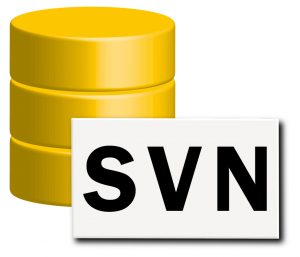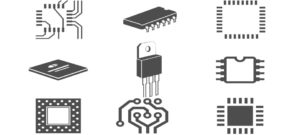
We at Nine Dot Connects are often asked our opinion and recommendation about various library methodologies. One of the most commonly asked questions is if one should pursue a version-controlled library.

We at Nine Dot Connects are often asked our opinion and recommendation about various library methodologies. One of the most commonly asked questions is if one should pursue a version-controlled library.

The August 2017 edition of Printed Circuit Design and Fab Circuits Assembly acknowledged what many of us PCB designers have suspected; there is a strong need to train young people in the art of PCB design. It is becoming a lost art in a time when it is ever so needed. With the current technological upswing, it is truly a great time to be an experienced PCB designer. But while being an experienced PCB designer is one thing, getting more people to embrace a job as a dedicated PCB designer is another.
Continue reading The Dedicated PCB Layout Artist – Is This a Sustainable Profession?
![]()
With the 64-bit Altium Designer Version 18 release, there may be some compatibility issues that arise when installing a database library. Though this document focuses on Microsoft Access, the same concept is true for any type of database.
Continue reading Dealing with ODBC 32/64-bit Database Compatibility Issues in Altium Designer
![]()
Our July webinar with Rick Hartley was well received. He was kind enough to provide a recommended reading list. If you are interested in the recording, please click here.

At the Del Mar Electronics Show in 2013, I had an opportunity to meet the publisher of US Tech. As a result of the meeting, I was given the opportunity to write about component library issues. The article below was to test the waters to see if there would be any response. The idea was to start a series on the topic of libraries. This article focuses on the need for a good bill of materials.
This article was written in the waning days of Tality. I had started in the Test and Prototyping group at Cadence and had worked my way into the ASIC design group 4 years later. One of my first efforts in the group was to write a test bench for a particular ASIC that would eventually be used to produce the vector “dumps”. These data “dumps” would be massaged for the test systems.
As a young engineer, it was a goal of mine to publish an article. Fortunately, Tality had incentives that encouraged such activity. This represents my first ever published paper.
My first job out of college was working for Cadence Design Systems in San Diego. At the time, Joe Costello was the CEO. He was very charismatic, and working for Cadence was truly exciting. The quarterly meetings were known as “The Joe Show.” You didn’t want to miss it because Joe aimed to entertain when he spoke.
When Cadence had purchased the design groups at the Unisys facility in San Diego, they were also required to purchase other support groups as well, mainly, the test group and the failure analysis group.
 Recently, Nine Dot Connects, a printed circuit board centric organization, became the national VAR for SOLIDWORKS PCB. With that came the opportunity to explore the mechanical side of design in our effort to better understand and prepare for the future of mechatronic design. Like the old saying, ‘Can’t see the forest for the trees’, this insight into the mechanical domain gave us the opportunity to step back and see the electrical design flow from afar. It became apparent when compared to mechanical libraries, the PCB library structure is complicated by several factors, some by the very nature of electrical design, and others are self-inflicted by the PCB industry. Continue reading When it comes to libraries, maybe it’s time to take a page from the mechanical folks!
Recently, Nine Dot Connects, a printed circuit board centric organization, became the national VAR for SOLIDWORKS PCB. With that came the opportunity to explore the mechanical side of design in our effort to better understand and prepare for the future of mechatronic design. Like the old saying, ‘Can’t see the forest for the trees’, this insight into the mechanical domain gave us the opportunity to step back and see the electrical design flow from afar. It became apparent when compared to mechanical libraries, the PCB library structure is complicated by several factors, some by the very nature of electrical design, and others are self-inflicted by the PCB industry. Continue reading When it comes to libraries, maybe it’s time to take a page from the mechanical folks!